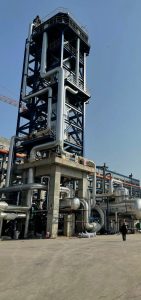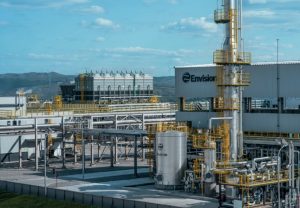
Koppö Energia to license thyssenkrupp Uhde methanol technology
Koppö Energia Oy has ordered a FEED (front end engineering design) contract from thyssenkrupp Uhde for its planned green methanol plant, as part of a power-to-x (P2X) project being developed by Koppö Energia in Kristinestad, Finland. The methanol plant will have a planned capacity of 450 t/d to support the maritime and e-gasoline fuel markets. […]







